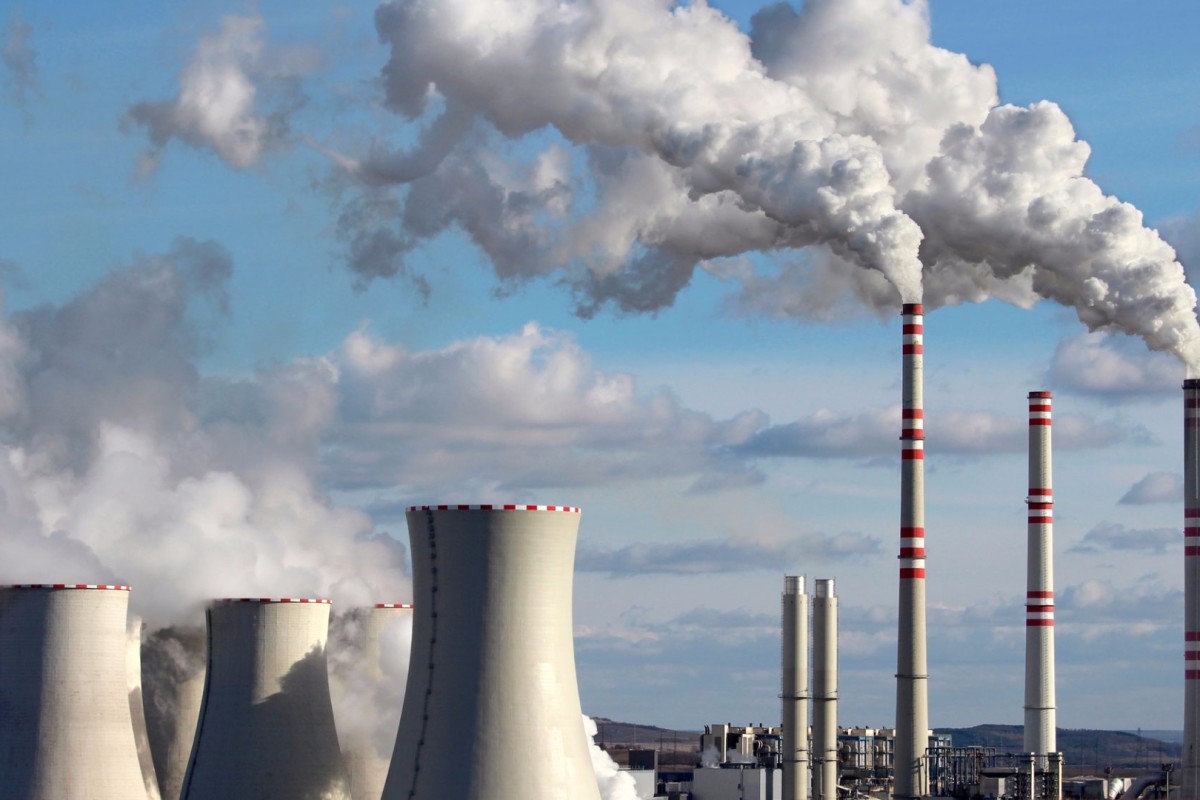Tesla chief Elon Musk announced on Twitter that he will offer a $100 million prize to develop one of the best carbon capture technology units. The aim behind this announcement by Musk is to fight the risk posed by the rising levels of carbon dioxide in the global atmosphere.
Capturing carbon emissions is emerging as an important part of the fight against climate change. Technology to date has made very little progress as countries are focusing on cutting emissions rather than the idea of taking carbon out of the air.
The International Energy Agency has said that it is imperative for countries to increase the technology deployment of carbon capturing and utilisation units to meet net-zero carbon emissions by the set time.
Carbon Capture Technology
Carbon Capture technology, as the name suggests, deals with capturing the waste produced in industries and various coal-powered plants and factories. This technique is used to restrict the release of carbon-dioxide gas directly into the atmosphere by stopping it at the source and storing it to remove the hazardous residual by-products.
This technique of capturing carbon waste and utilising the storage technology is used to hold the release of CO2 emissions during the combustion process. It can easily absorb 85-95 percent of emissions in the atmosphere. Thereafter, the captured CO2 is subjected to high levels of compression eventually making it thin like a fluid and then it is stored in underground storage facilities through pipelines.
Such tech-based experiments pertaining to capturing carbon and storage technology are going on for the last two decades. But, at present the idea of carbon capture at a large scale and its storage processes is the main hurdle in the expansion of this technology. In the 2010 climate conference, the idea of carbon-capturing was also included in Kyoto Protocol under Clean Development Mechanism.
Uses of carbon capture technology
Ultimately, this captured gas undergoes a utilisation process where it is converted to several valuable products. Lanza Tech is one such company that captures gaseous carbon-dioxide waste products while subjecting them through this technology — it uses bacteria to make ethanol fuel.
The company converts waste emissions from steel factories into liquids by compression and then the liquid is consumed by bacteria where it ferments and converts into ethanol from dirty gaseous waste. Moreover, the company is also planning to convert ethanol to ethylene.
The story so far
The global carbon capture and storage (CCS) projects across various countries are going on for several decades but it gained prominence in the last decade. According to various experts, the control of greenhouse gas emissions and bringing down the global rise in temperature by 1.5 degrees Celsius by 2050 cannot be effectively achieved solely by carbon-capturing projects.
Further, the target kept by the CCS technology is to capture 400 million tonnes of CO2 by 2025. Even this goal is highly unlikely to be achieved pertaining to the speeds with which things are going on in the world.
As per the Global CCS Institute report — there are only 26 functioning CCS facilities that are capturing around 36-40 million tonnes of carbon dioxide annually. High amounts of expenses in storage and transportation are considered to be a big hurdle in the expansion of the project.
Risks of Carbon Capture and Storage technology
Although there have been several advantageous aspects of this CCS technology in alleviating the global concerns of climate change — it does come with some dangerous risks as well. The greatest risk is of potential leakage of carbon-dioxide from pipeline systems in the storage sites. This sort of unforeseen leak of carbon-dioxide can easily lead to asphyxiation — where a person can be deprived of oxygen leading to suffocation and death.
It can become far more dangerous if it happens in an enclosed space. Besides that, CCS also requires large amounts of fossil fuels to run the units for further capturing and converting CO2 for utilisation purposes. This, indeed can lead to an increase in consumption of fossil fuels — contrary to the basic aim of this technology.
Global sites for CCS facilities
To begin with, a small scale CCS plant is already established in Tuticorin or Thoothukudi in Tamil Nadu. The plant captures carbon dioxide from the boiler and further uses it to produce baking soda. The facility can easily seize 60,000 tonnes of carbon dioxide.
Tata’s plant, based in the Netherlands has also started using this technology at their facility which captures CO2 from blast furnaces. It leads to a 30 percent reduction in CO2 emissions and will be completed by 2027 and by then, it can easily decrease 3 million tonnes of carbon dioxide per year.
Some of the global sites include the Weyburn plant in the US which uses coal gasification technology. While the Statoil plant in Norway has been separating tonnes of CO2 from natural gases since 1996.
Since 2017, more than 30 carbon capture storage and utilisation plants have been announced — maximum in the US and Europe while few of them are also coming up in Australia, China, Middle-East, and Korea. Together these plants will be able to capture 130 million tonnes of CO2 from the global atmosphere.

